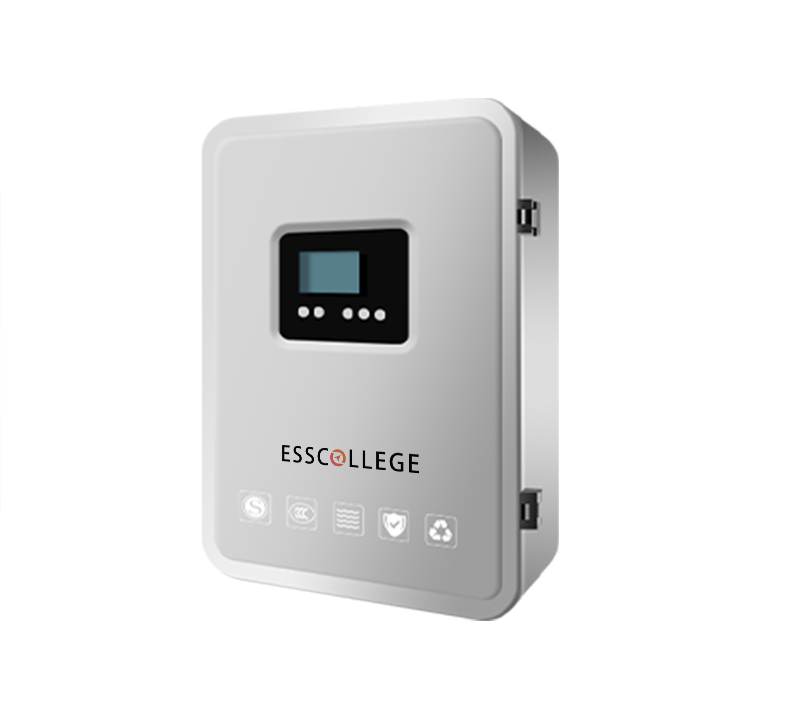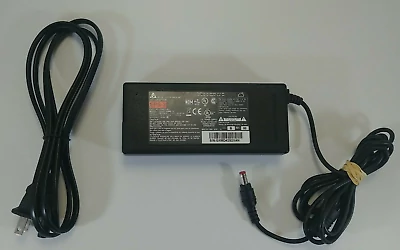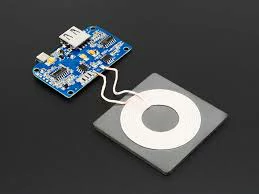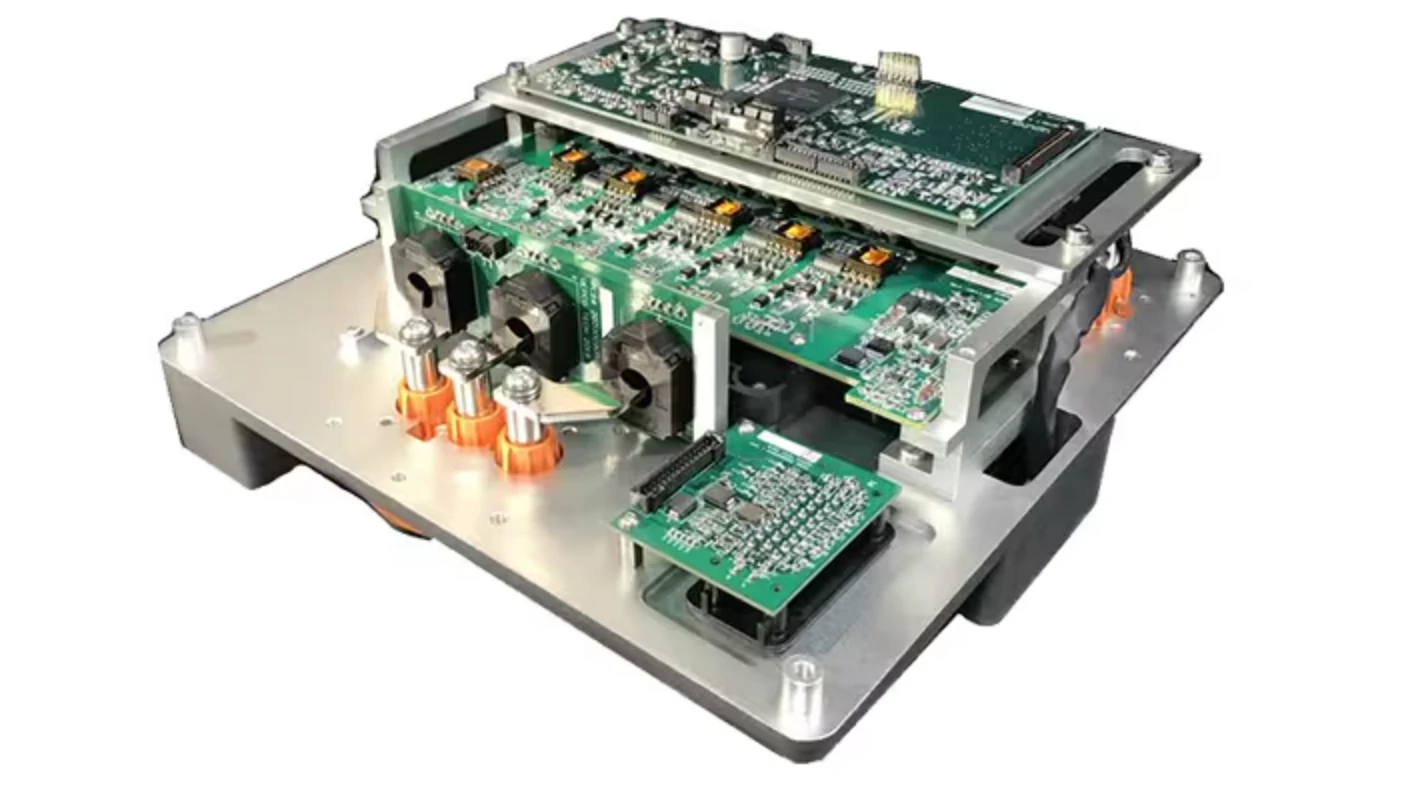EPS Wireless ports Fire emergency power supply (EPS) is a...
How does the inverter circuit work in EPS?
The workflow of the inverter circuit in EPS (Fire emergency power supply) can be divided into the following stages:
main content
Working mode when the mains is normal
During the normal mains supply period, the three-phase mains is connected to EPS and first passes through the rectifier. The rectifier uses advanced power electronics technology to rectify three-phase AC into DC, and carries out filtering and voltage regulation processing to ensure the stable quality of the output DC.
Part of the DC after rectification is used to charge the battery. The charging management system automatically adjusts the charging current and voltage according to the status of the battery to extend the service life of the battery.
The other part of the direct current is supplied to the inverter, which converts it into three-phase alternating current and outputs it to the load. In this case, the static switch is off to ensure electrical isolation between the mains and the emergency power supply.
When the mains is normal, the inverter stops working in the automatic shutdown state, the actual power supply used by the user load is the mains power from the grid, and the EPS emergency power supply works in the sleep state, effectively achieving the effect of energy saving.
Emergency mode in case of mains failure
When there is a mains failure, such as a power outage, voltage drop or abnormal frequency, EPS is able to quickly detect this change. Once a mains failure is detected, the rectifier stops working and the battery begins to discharge, providing continuous direct current to the inverter.
The inverter continues to convert direct current to three-phase AC, and the AC output from the emergency power supply is quickly and seamlessly connected to the load via a static switch, ensuring that the load equipment is virtually unaffected by power outages.
The entire switching process is very fast and can generally be completed within 2-5 milliseconds to meet the needs of equipment that requires very high supply continuity.
Charging mode after mains restoration
When the mains voltage returns to normal operation, the EPS control center sends a signal to automatically shut down the inverter, and also performs the switching operation from the inverter power supply to the AC bypass power supply through its transfer switch.
Thereafter, the EPS provides mains power to the load through the AC bypass power supply path, while also charging the battery pack through the charger.
CONCLUSION
The function of the inverter in EPS is to convert the DC power stored by the battery pack into AC power output when the mains fails, so as to supply stable and continuous power to the load equipment. Through SPWM (sinusoidal pulse width modulation) technology, the inverter can obtain good AC waveform output to ensure the normal operation of the load equipment.

EPS BATTERY SERIES
The centralized power supply for fire emergency lighting is a kind of backup power supply equipment, which provides power guarantee for emergency lighting equipment to ensure that the on-site lighting equipment can operate normally in emergency situations such as fire. Provide a long-term backup power supply to meet the needs of the emergency lighting system.
Extended reading
Afety valves and pressure relief devices made of materials: fluorine plastic
afety valves and pressure relief devices made of materials: fluorine...
Detailed explanation of EPS AC charging interface
Detailed explanation of EPS AC charging interface In the emergency...
This section describes the components of the EPS wireless interface
This section describes the components of the EPS wireless interface...
How does the inverter circuit work in EPS?
How does the inverter circuit work in EPS? The workflow...
Safety valve and pressure release device of EPS battery unit
Safety valve and pressure release device of EPS battery unit...
THE ESSC Brand promise
Global supply
Our products sell well all over the world, covering many countries and regions, through the global logistics network, to provide customers with convenient purchasing experience.
Rigorous quality
We adhere to the highest quality control standards to ensure every product meets industry regulations and customer expectations, earning trust through consistent excellence.
Excellent service
With a customer-centric approach, we provide prompt responses, professional support, and personalized services, aiming to deliver the best user experience and long-term value.





